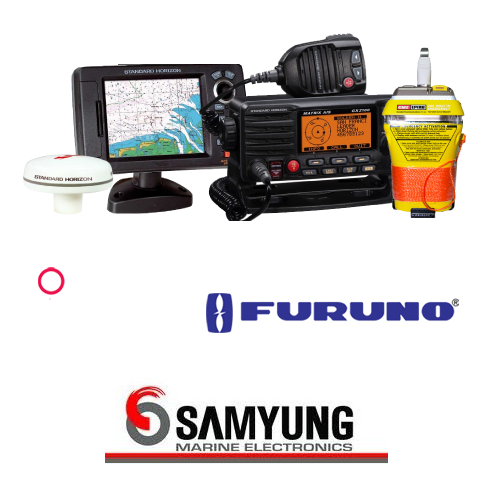Marine Radio
-

-
Marine VHF radio is a specialized communication system that utilizes the radio frequency range between 156.0 and 162.025 MHz. This range, known as the VHF maritime mobile band in the official terminology of the International Telecommunication Union (ITU), is a dedicated spectrum specifically allocated for marine communication purposes.
Marine VHF radio equipment is a standard installation on all large maritime vessels such as cargo ships, cruise liners, and naval vessels. It is also found on the majority of smaller seagoing craft, including fishing boats, yachts, and sailboats, as it plays an essential role in ensuring the safety and operational efficiency of these vessels.
In addition to its extensive use in sea-based environments, marine VHF radio is also used, albeit under slightly different regulatory conditions, on inland water bodies such as rivers and lakes. This application of marine VHF radio contributes significantly to the safety and coordination of activities on these inland waterways.
The marine VHF radio system serves a wide variety of functions, central to which is the summoning of rescue services in emergency situations. It also facilitates routine communication with a range of shore-based entities such as harbours, locks, bridges, and marinas. In this way, it supports the smooth operation of maritime traffic and contributes to the maintenance of safety standards.
In terms of technical specifics, the marine VHF radio operates within the very high frequency (VHF) range. This falls between 156 and 162.025 MHz, a frequency range that provides a balance between transmission distance and signal quality, making it ideal for the requirements of marine communication.

